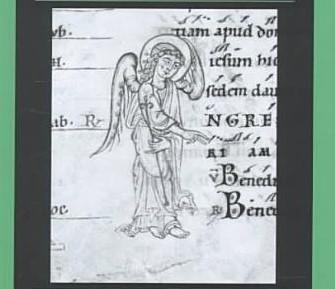Medieval chant books and the parchment they were made of were designed to last a long time—so long, that pages of them can outlast the book itself. Across medieval Europe, monks and nuns and clergy in city cathedrals sang daily chants in communal forms of timed and sung prayer still practiced by some Christians today. Fragments of chant books travel across time and space, ending up in antique stores, tucked away in attics, or even made into book covers.
Our research collects images of these scattered and fragmented pages of chant and creates inventories of their contents, revealing their many and varied stories.

